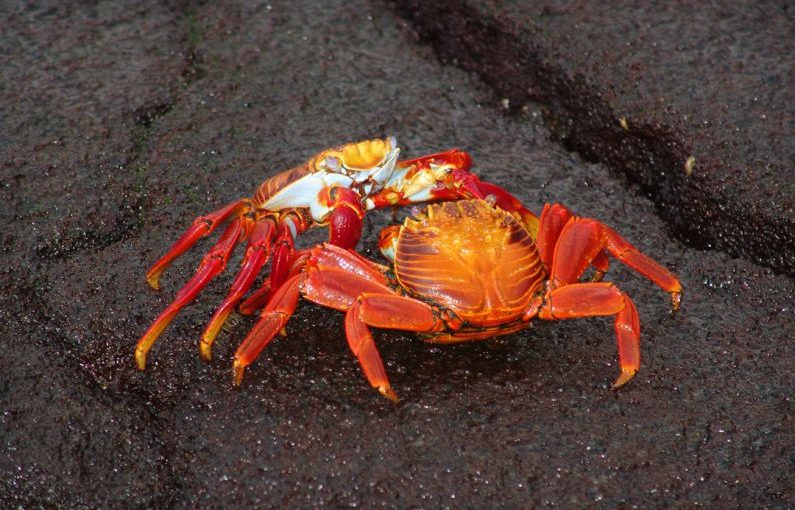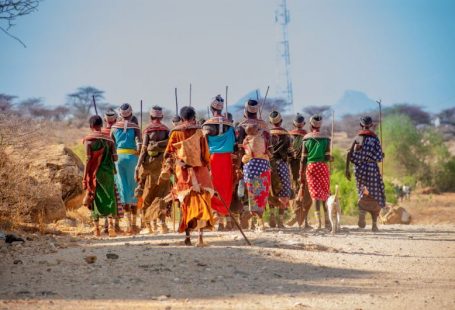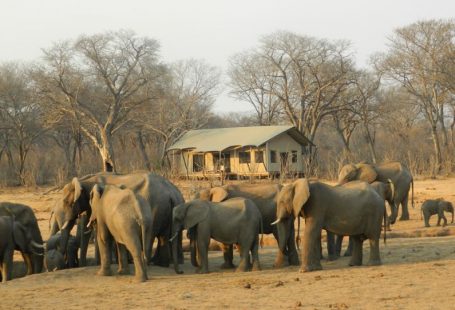Located in the Pacific Ocean, the Galápagos Islands are renowned for their unique biodiversity and the groundbreaking work of Charles Darwin. With over 97% of the land area designated as a national park, these islands are a haven for a wide array of species found nowhere else on Earth. However, the delicate ecosystems of the Galápagos face numerous threats, including invasive species, climate change, and over-tourism. In response to these challenges, various conservation efforts have been implemented to preserve the natural beauty and ecological significance of this iconic archipelago.
**Protecting Endemic Species**
One of the primary focuses of conservation efforts in the Galápagos Islands is protecting the endemic species that call this remote archipelago home. These species, such as the Galápagos giant tortoise and the marine iguana, have evolved in isolation and are particularly vulnerable to threats from introduced predators and habitat destruction. Conservation organizations work tirelessly to monitor and protect these unique animals, implementing measures such as captive breeding programs and habitat restoration to ensure their survival for future generations.
**Eradicating Invasive Species**
Invasive species pose a significant threat to the delicate balance of ecosystems in the Galápagos Islands. Rats, goats, and introduced plants compete with native species for resources, leading to habitat degradation and loss of biodiversity. To combat this threat, conservationists have implemented eradication programs to remove invasive species from key areas of the islands. These efforts have already shown positive results, with native species rebounding in areas where invasives have been successfully eliminated.
**Sustainable Tourism Practices**
The Galápagos Islands are a popular destination for eco-tourism, attracting thousands of visitors each year who come to witness the unparalleled beauty of the natural world. However, the influx of tourists can have negative impacts on the fragile ecosystems of the islands if not managed properly. To ensure that tourism remains sustainable, conservation organizations and local authorities have implemented strict regulations on visitor numbers, activities, and infrastructure development. By promoting responsible tourism practices, these efforts aim to minimize the environmental footprint of visitors while still allowing them to experience the unique wonders of the Galápagos.
**Climate Change Adaptation**
As global temperatures rise, the Galápagos Islands are not immune to the effects of climate change. Rising sea levels, increasing ocean temperatures, and more frequent extreme weather events pose a threat to the delicate ecosystems of the archipelago. Conservation efforts in the Galápagos now include measures to mitigate and adapt to the impacts of climate change. These efforts range from coral reef restoration projects to monitoring the migration patterns of species affected by changing environmental conditions. By taking proactive steps to address the challenges posed by climate change, conservationists hope to safeguard the unique biodiversity of the Galápagos Islands for generations to come.
**Community Involvement and Education**
Conservation efforts in the Galápagos Islands are not limited to protecting wildlife and habitats; they also involve engaging with local communities and educating the public about the importance of conservation. Community-based initiatives empower residents to participate in conservation activities, such as beach cleanups, tree planting, and environmental education programs. By fostering a sense of stewardship among the local population, these efforts help to create a culture of conservation that extends beyond the boundaries of the national park.
**Preserving a Natural Wonder**
In conclusion, the Galápagos Islands are a natural wonder that must be protected for future generations to enjoy. Through a combination of targeted conservation efforts, including protecting endemic species, eradicating invasive species, promoting sustainable tourism practices, adapting to climate change, and engaging with local communities, conservationists are working tirelessly to ensure the long-term health and biodiversity of this unique archipelago. By supporting these efforts and raising awareness about the importance of conservation, we can all play a role in preserving the Galápagos Islands for years to come.





